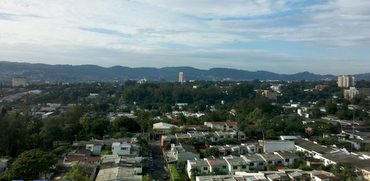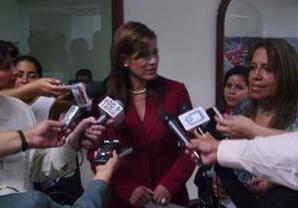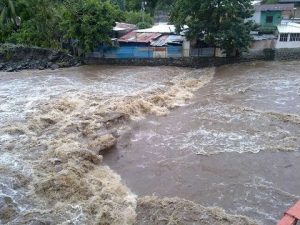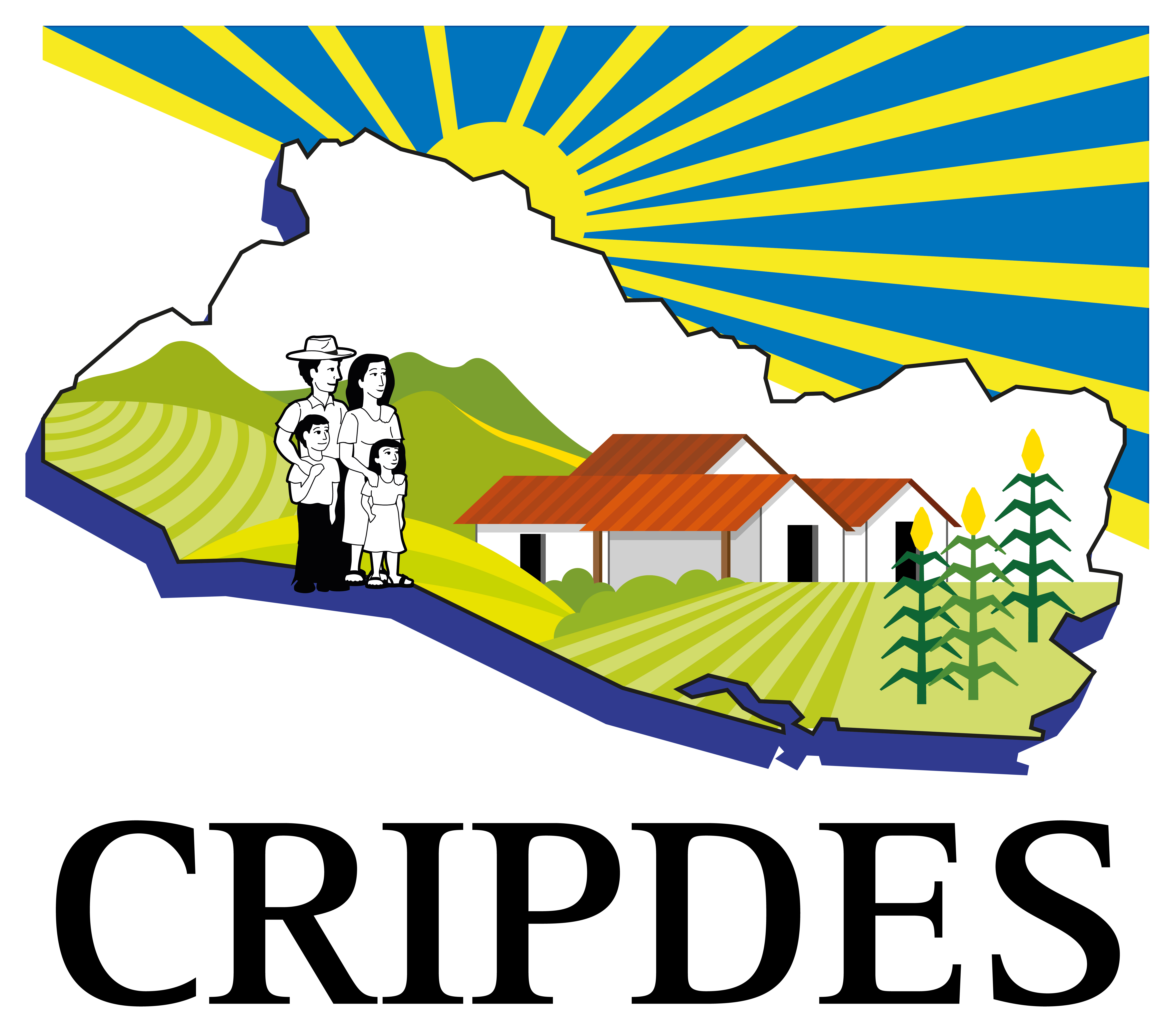Advocacy, Get Involved
The Sun is Shining but the Crisis has not Ended
October 20, 2011
Yesterday, after 10 days of rain, the sun came out in El Salvador, and the forecast calls for more sun in the upcoming days. But the effects of the storm, called the most damaging in the history of the country, continue. During the storm, twice the amount of rain fell as during Hurricane Mitch in 1998.
There are still more than 50,000 people in shelters. Most people are still unable to return homes because the water levels remain high and the ground is still saturated. President Funes said yesterday “The emergency has not disappeared, the emergency continues”.
In San Vicente there are over 3160 people in 15 different shelters. A report from Chalatenango states that there are over 750 people in shelters. In La Libertad there are over 700 people in shelters. The shelters are beginning to face shortages of water, food, clothing and medicine.
In spite of the problems there is a general consensus that this emergency has been handled far better than all previous crises. The Civil Protection Committees that the government created after Hurricane Ida were successful in evacuating people, establishing shelters, and providing medical and food aid.
Organizations like CRIPDES, who have been training leaders and preparing for this type of emergency for a number of years, activated immediately when the storm started, and plan to continue to work with communities in repair and reconstruction.
The government, as well as organizations like CRIPDES, have begun to plan their next steps in responding to needs following this disaster. Funes said “We are going to need international aid because the resources we have available, even combining government resources with private donations, the aid provided by private business and the aid from NGOs, do not allow us to confront the tragedy we are living.
Today, CRIPDES released their disaster relief plan:
- During the Emergency: Provide health care, food and drinking water, kits (kitchen, clothes, cleaning supplies, sanitation). Support evacuations, shelters, security, and documentation of communities affected.
- Rehabilitation when families return to their communities: Support with sanitation and hygiene, food until agricultural production resumes, support with agricultural production, fixing potable water systems, mental and physical health care, resuming education, creating a full inventory of the damages.
- Reconstruction towards development: Developing an improved living situation for the population. Housing and latrines, infrastructure (roads, levies, drains, dignified shelters), and support with agricultural production.
- Development: Reconnect and improve upon the development process that was interrupted: Incorporate a vision of development based on natural disaster management and adaptation to climate change, along with healthcare, education, local economic development, environmental management, and community organization.
In order to achieve these goals, CRIPDES will need financial support from international solidarity. To date Sister Cities and its members have donated almost $4000.
If you are able to give and have not yet done so please click here If you would prefer to mail a check send it to U.S.-El Salvador Sister Cities, PO 95783, Seattle WA, 98145 (Please email us the amount of your donation at sistercities@gmail.com so that we can advance emergency funds as soon as possible)




